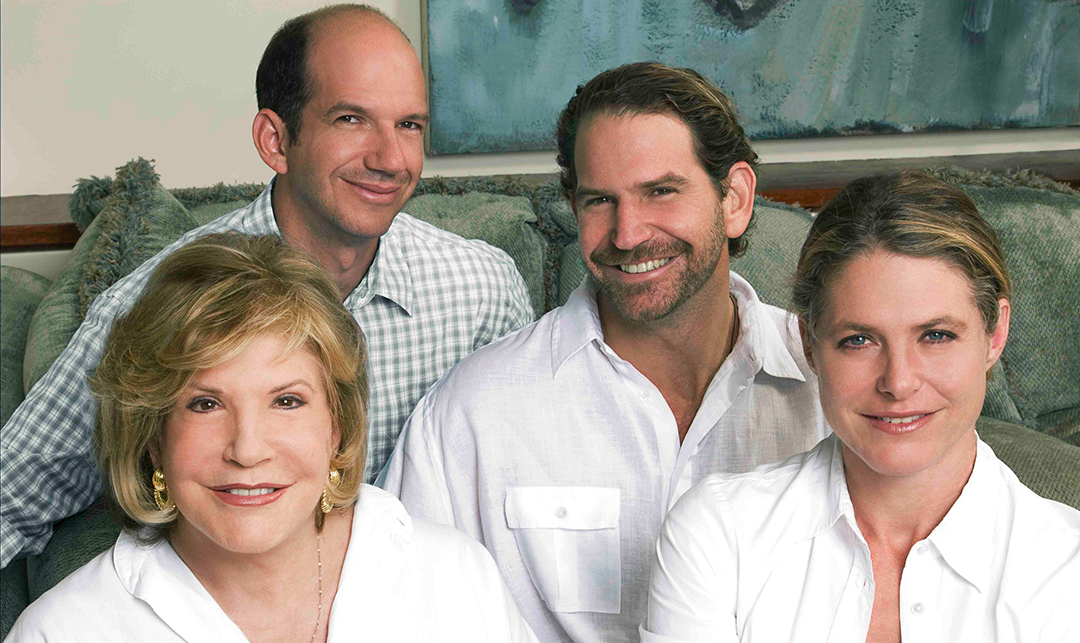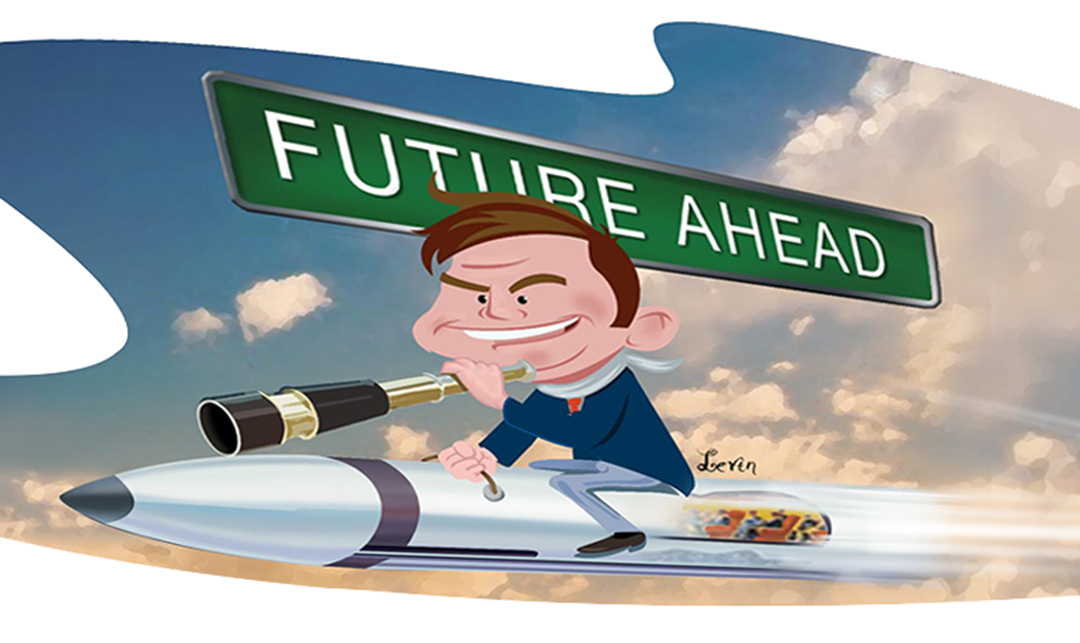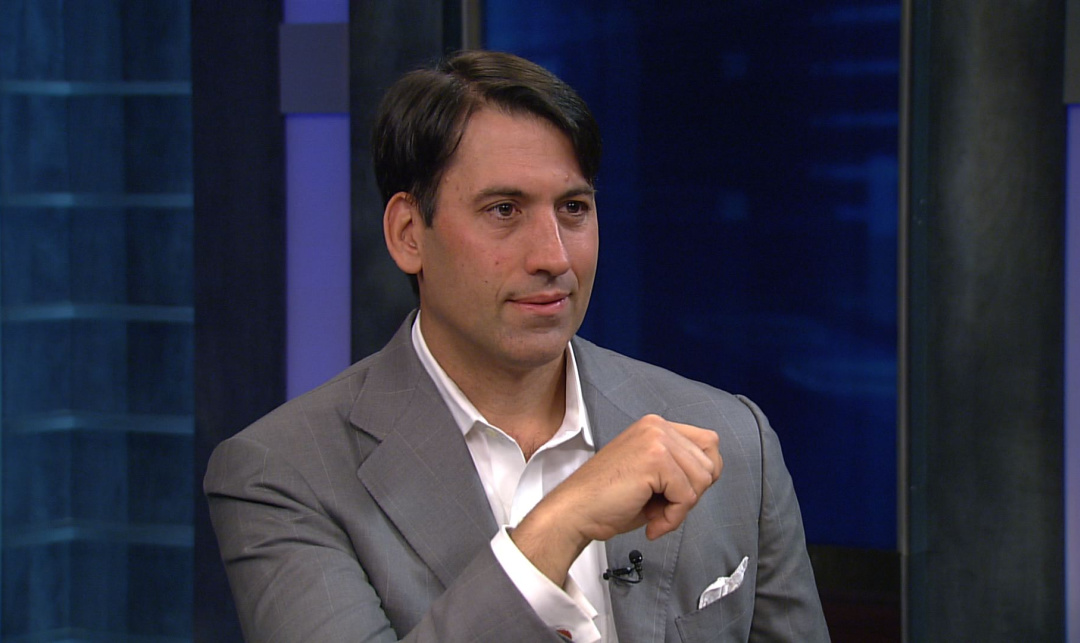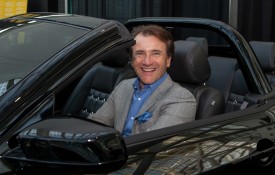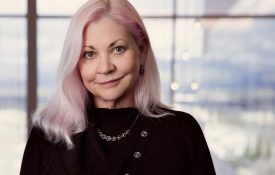“In investing money, the amount of interest you want should depend on whether or not you want to sleep well at night.” – Kenfield Morley
We live in a time where economic inequality has never been greater, and opportunities for progress for anyone outside the established elite have never been smaller.
In the last four decades, real wages of the bottom half of Americans by income have grown by 0.2% a year—essentially, remaining flat. Years of this stagnation have led to even sharper disparity in wealth, where the top 1% by wealth hold 15 times more wealth than the lower 50%. (In other words, they are on average 750 times wealthier.) Frequent economic shocks have served to exacerbate these inequalities by driving economic instability, food and shelter insecurity, and desperation among American workers.
The job loss and economic shutdowns caused by the COVID-19 pandemic have merely brought the logical outcome of a 40-year trend into sharper focus. Overlay record-high stock markets and personal savings onto the dire economic reality of the highest level of sustained unemployment since the Great Depression, and the divide between the two tribes of America—the highly educated new economy entrepreneurs, executives, and professionals living primarily in a few select large cities, and the working class spread across the country, struggling with unemployment or perilous employment, high debt and uncertainty, and no pathways to success—is brought into sharp relief.
There are many contributing factors to this current situation, but perhaps the most foundational is the emergence of stock markets as an alternative definition of value divorced from structural economic realities or inherent social value. Most other sins of modern capitalism—the failure of supply-side economics to spur productive investment; the unchecked growth of unfair trade practices that hollowed out American manufacturing; the rise of the gig economy that passes off exploited workers as empowered entrepreneurs—can be traced to the obsession with a singular focus on shareholder value maximization, every quarter, every event, every trade.
To explore how we as a society can purposefully reset our norms and restructure our systems for positive social impact, the podcast SmarterMarkets sat down with John Goldstein, global head of sustainable investing for Goldman Sachs, and the shepherd of one of the largest commitments to ethical investment anywhere in the world. The interview below has been edited for length and clarity.
We hear the term impact investing being used more and more frequently. Can you explain how impact investing works in terms we can understand?
I am going to give a slightly backwards answer to it. One of our early clients was the W. K. Kellogg Foundation: great leader, getting out very early in the space, committing money from their endowment to really test this thesis. We got to the investment committee in 2008 with an investment around education-centric focus. And they said this looks interesting from a financial perspective, but why this one out of all the investments?
That made us step back and think, what are we doing here and how do we do it well? What really emerged is at the end of the day to have an impact you need a thesis, right? And that thesis needs to have three components. Number one, what is the financial thesis? Why is this going to make money? How does this tap into drivers of growth and return? Number two, why do you think this is a good thing? What does it do? What does that result in and what makes us think that is good? Number three, how are those two things related to each other, or not? Because at the end of the day, if those are aligned, if the way you make money is the way you do good, that means you are more likely to be happy all around.
If the investment succeeds, if those three objectives are at tension, it may be problematic. What really emerges at the end of the day, and this is in some ways going to sound delightfully prosaic, but impact investing is investing. Investing takes a lot of research, a lot of work, a lot of thoughtfulness, and a lot of care, and this is by no means any different. We narrowed it down to where do we see a financial thesis—areas of growth, profitability, ways we can make money, things that are mature enough to be de-risked, but not so mature that they’re picked over and bit up. And how did those drive social value or not? From there, we honed in on our thesis and we said, OK, this is the backdrop around which to make and manage good investments.. Once we know that we know enough to find the right partner and the right way to invest.
At the end of the day, as a generalist investing in very specific sectors, there is always an information asymmetry. We found you had to overcome that information asymmetry—you had to do your homework and get to have your own thesis. How am I going to make money? How am I doing good? And how does that compare to what an investment is offering? That weaves into diligence into your objectives and into managing that investment.
What drove you to focus on this area?
I think that the flippant version of how this started for me was that I was doing a terrible job. I was radically unsuccessful at trying to take time off. I had grown Medley Advisors and sold the business and was trying to take some time, and what happened is in the same week in 2007, three institutions—Google.org, the Kellogg Foundation, and a large family office—all said, can we pay to help us figure out this whole mission investing thing? That was about the precision of language that was used back then.
I tried out the smartest person I knew on the topic at the time, Taylor Jordan, who was chief investment officer of RSF Social Finance. After walking through what he had learned with those three initial clients, he said why don’t we just do this together? And then I became we, and that is really the genesis of Imprint Capital.

Photo courtesy Goldman Sachs.
We have grown up believing that shareholder value maximization is the only objective of corporations. Do people care how the money is made?
The three key parts of this business is integrating ESG [environmental, social, and corporate governance] into the regular way of investing, creating new more tailored products, and then also really giving a broad advisory service to clients.
What really crystallized was this view that there were these two secular drivers that we saw as growing and significant themes in the external environment, climate transition, and inclusive growth. Underlying that we found nine sub-growth themes that, interestingly enough, hearkened back. You remember earlier I talked about this market, scanning this, doing these deep sector dives? Well, the nine themes that emerged were actually the nine themes that Imprint had been doing deep sector dives in. At the end of the day, if you see two massive, growing secular themes, they are going to affect risk, opportunity, and efficiency across clients on a global basis.
When we talk about this and we look at these drivers—often it is just looking at gross statistics—more than 70% of new power-generation capacity in the world last year was renewable. Electric vehicles, which once upon a time were seen as a niche pursuit—General Motors had an amazing Super Bowl ad, and is not going to make internal combustion engines after 2035. In food, 90% to 95% of the top hundred CPG [consumer packaged goods] brands lost market share to organic and natural competitors over the last five years.
So just drivers in the real economy mean that this matters. And I think to take it away from the values and to get it to value, economic analysis versus almost social analysis, I think that thesis and people have different ways. I think about the thesis that for some it is changing consumer preferences, for others, it is changing employee preferences, for others it’sB2B demand. However you want to think about it, but have that core thesis. And then from there, once you know what you are trying to do, you can look at a portfolio and figure out how to do it.
Last year was an interesting stress test for the field. If you look at the field, 75% of ESG funds were in the top half and beat their benchmarks; 42% were in the top quartile versus 6% of the bottom quartile. Twenty-five out of 26 of the major USD passive options outperformed their non-ESG counterparts. Does that mean that that will persist in the same fashion next year? Of course not. And what you are going to find with every way we slice the performance data is it is possible to build a well-performing ESG and impact-oriented portfolio, but it is hard. It takes the same kind of work, diligence, and care as you would with any other type of portfolio.
That is not an initiative off to the sidelines. That is a core business imperative. And so that is really where our sustainable finance effort has been really grounded, that these core secular themes are going to be important to all our businesses.
What do you tell people who see this as either greenwashing or virtue signaling that gets in the way of market efficiency or real social impact?
I think this is a critical point and it is funny—back when in the early days of this, I used to laugh at questions about greenwashing. Because I said you would have to have a profoundly irrational person to want to greenwash relative to how little money moves around with so much effort, but that has changed. I think the capital flows have gotten pretty remarkable. Just to give you a data point: In 2020, active ESG equity funds had $177B of that inflows; non-ESG equity funds had net inflows of $29B billion. ESG, on the passive side of things, its market share of inflows has gone from 1% in 2017 to 3% in 2018, 14% in 2019, and almost 40% last year.
To your point, how do you find the wheat and avoid the chaff? When we first went to Goldman Sachs, they asked me about greenwashing and green bonds. I said, great question. They said, look, someone tried to sell us a “green bond” that was for a parking garage. And it was green because it had two plugs for EVs!
So, a couple of key steps. I think we find number one is what we have just called clear the underbrush. This is a topic that people tend to approach with a lot of cognitive bias. I like to say people are either too predisposed to love this or too predisposed to hate it. And, not surprisingly, neither of those are particularly constructive approaches to take to investment. And so, what we often say as step one, just take all the mental models, some of which are positive. People think this is the greatest thing since sliced bread or negative. Let us clear the jargon. Let us clear the hype. When you see something that feels hyped, that feels like it has a lot of enthusiasm, you are not sure what the grounding is. So, let us throw all that out. Let us get rid of the underbrush and your preconceptions.
This all sounds great, but how we do make this a mainstream concept so that it does not depend on individuals such as you for success?
I think in some ways it is like the development of any investing discipline. What makes this better is people doing it better. I think back to where we started this idea of having a thesis, looking into the market. The real question now is not how to do this, it is how to do this well.
A lot of these growth themes are now increasingly well understood. And the question is, are they real? Are they legitimate? Are they proper places to look to make investments? It is how do I invest well, and I think that is really going to be the push on investors, on an allocator is, how do we do this?
I think, like all markets, it takes work and like all markets to get more efficient over time you must add a little something extra. If you want to add value, a couple of things we would say is, look back to when people have got these growth themes right and investments wrong either because sometimes they are too early or sometimes they are in the wrong part of the value chain. Think, for example, being in upstream solar, when the Chinese suddenly began manufacturing a lot. You sort of have all these things people have gotten wrong over time and now these markets are fairly well understood and so the real question is how do you add value?
There is an early phase where things are capital-intensive high risk. You take a lot of money. It takes a lot of time if the failure rate is sufficiently high and it’s not a good place for private capital, eventually stuffed graduates, mainstreams, and particularly in today’s environment with a lot of liquidity and very low interest rates, the cost of capital and thus the returns go down.
The question is how do you find that Goldilocks sweet spot? And I think generally we have found two things that can be the recipe for that success.
Thing one is insight. Do the homework, do the work, and find things where you can be early enough, but you have enough clarity around where the market’s going to go. I am thinking about experiences we have had, for example, helping to build a renewed power in India, which is, I think now the largest renewable developer in India. I started when it was five or six people. But the clarity around the team and the market opportunity, that insight having done the homework, lets us make some bets early. Similarly, in Japan, post-Fukushima saw a tremendous need and opportunity and so we were able to sort of use that insight to get in early enough before the cost of capital began to go down in that market.
The second thing to do is pick your spots earlier. You talked about silos, you talked about buckets, instead of showing us a fund, tell us what you like in the market right now. We found a lot of renewable developers that are stranded. They have got great projects lined up, interconnection agreements, land, purchase agreements, and the market. They think they will eventually sell them, but they need debt. We want to be a senior lender because we think we can get them attractive terms and collateral that we think is great, but banks don’t understand and that ability to provide that insight number one. Number two is sweat. At the end of the day, one of the most renewable resources, pun modestly intended, on investing in these assets is if you can put in the work, that’s a sustainable way to have advantage.
I think back to what is next. I think investors need to be ready to have cleared the underbrush, have the thesis, and really do the work to be able to still find edge, still find value, and still make good investments against that backdrop.
Top photo courtesy Goldman Sachs.
This article was adapted from a podcast conversation between John Goldstein and Erik Townsend on an episode of Smarter Markets by Abaxx Technologies (abaxx.tech). You can listen to the conversation in its entirety at smartermarketspod.com.









